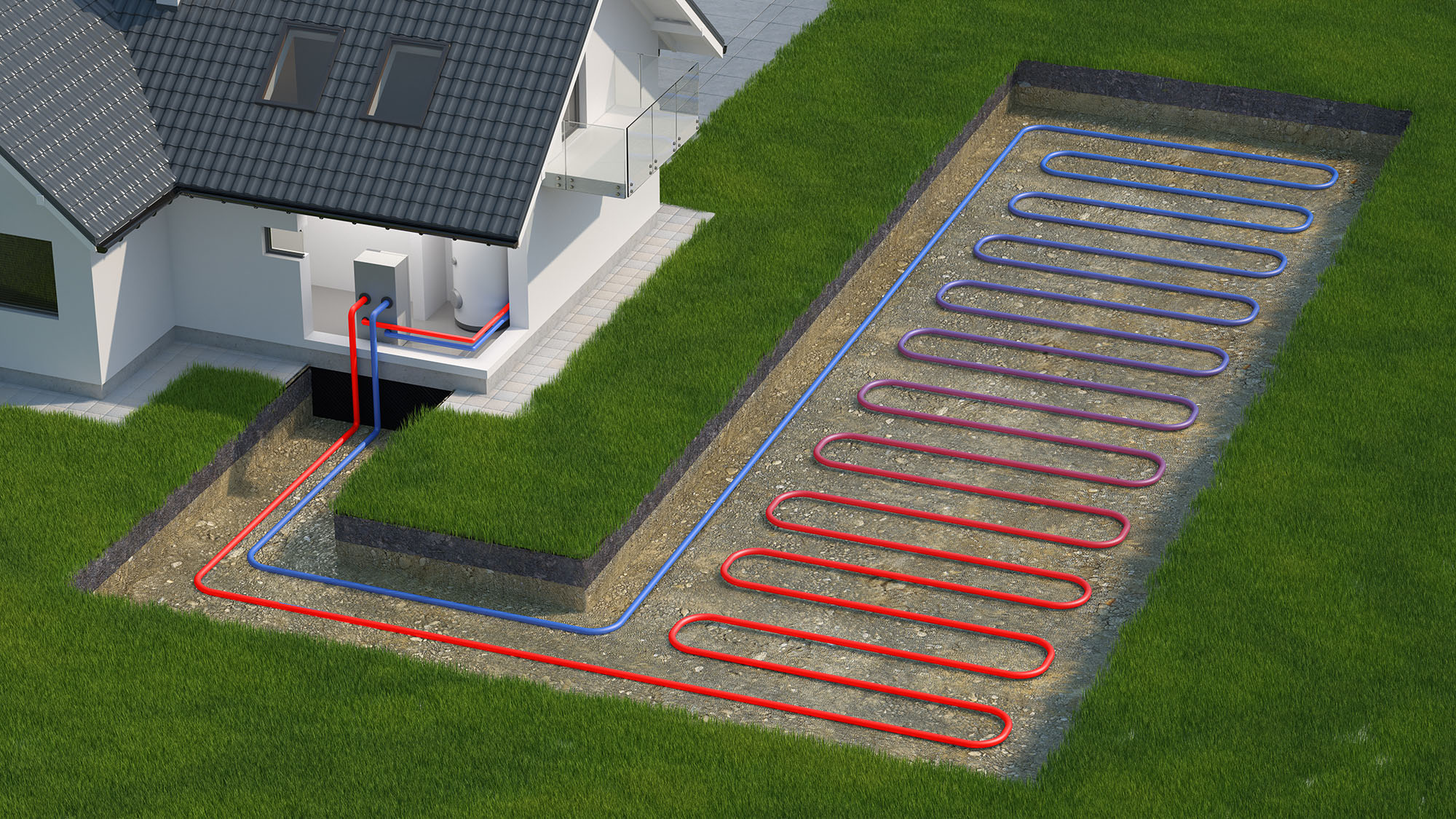
Can Big Data revolutionise the Energy System?
Author
Alina Walch
EPFL
Switzerland has voted for the Energy Strategy 2050 – for a renewable energy supply and against the use of fossil and nuclear energy. In our project HyEnergy, we use Big Data to estimate the potential to install large amounts of renewable energy in Switzerland, for example solar panels and wind turbines. This work will be used to provide recommendations for the design of future energy systems that are both renewable and reliable – and will assure the success of the Swiss Energy Strategy 2050.
The Swiss Energy Strategy 2050
Switzerland is a country that is unique in many ways – unique in its beautiful landscapes, unique in its rich and multilingual culture and unique in its political system with a direct democracy, allowing every citizen to cast their vote on important matters through referendums. Did you cast your vote during the 2017 referendum on the Energy Strategy 2050? Nearly 2.3 Million Swiss did, of which 58.2 percent supported the new Energy Strategy1. With their vote, the Swiss people gave a clear statement against nuclear energy, oil and gas – and for a transition towards more renewable energies from abundant sources like water, wind and the sun.
Not everyone believes in renewable energies
The referendum however also showed that 2 out of 5 people are sceptical towards the withdrawal from nuclear energy and its replacement by renewables. Much of the scepticism of the new energy strategy is centred around the security of energy supply and the fear of having to take “cold showers” during the night, when there is no sunshine2. Several studies demonstrate that the potential for renewable energy in Switzerland is by far sufficient for a successful energy transition; in fact, solar panels on rooftops alone can nearly cover the electricity that is currently produced by nuclear power plants3,4. Despite their abundant availability, particularly solar and wind energy are limited due to their intermittency – their predictable and unpredictable variation in time. This intermittency is a challenge for the stability of our electricity grid and must be solved in order to assure a secure energy system in the future.
How can Big Data help – and what data are we talking about?
Using data, we can understand how the intermittent resources like sunshine or wind are varying. This understanding is crucial to design energy systems that can compensate the variation of energy availability and deliver a stable electricity supply. And why Big Data? Big Data is defined by some key characteristics: the most obvious is Volume, but also Velocity and Variety are important factors. Our data sources fulfil these characteristics – gigabytes of weather data collected every day, every hour and sometimes every second. They include various sources, such as satellite images or weather stations, and several variables (e.g. sunshine or wind speed) – but that is not all there is to it. The real value of a Big Data-analysis of renewable energy potentials in Switzerland comes from the combination of the weather data with other datasets, for example population statistics or building data.
Using Big Data, we can get a good feeling of what is possible
In our research project HyEnergy we use Big Data to compute potentials for different forms of renewable energies that are varying in space and in time – primarily wind and solar energy. Particularly in cities, wind behaves extremely chaotically, so to estimate the potential energy we could produce from small wind turbines (there is not much space for large wind parks in the country) we need to have a good understanding of the behaviour of wind. This is one of the issues we are targeting in HyEnergy5. Additionally, we have been working on the potential to produce electricity from solar panels on rooftops in Switzerland. Using data of all of Switzerland’s buildings and rooftops, together with weather data from over 10 years, we can estimate not only the total potential electricity that can be produced on Swiss roofs, but also analyse how these vary throughout the year. Now we know which areas of Switzerland, and which types of buildings, are particularly suitable to install photovoltaic panels in order to harvest solar energy. We can also measure the impact that installing batteries can have on the stability of an electricity system with large amounts of solar power – and provide useful input to the design of future stable electricity systems.
Is that all there is to it?
We are just at the beginning – at the beginning of the “data era” and at the beginning of a renewable energy system that exploits the abundantly available resources of the sun, the wind and the earth. With the work that we have been doing in our project HyEnergy, we have used Big Data to estimate future potentials for wind and solar energies. But the road does not end here – further research is going into the combination of the renewable energies, and how such hybrid systems will deliver stable and affordable energy in the future. And these solutions are in high demand – 437 “Energy Cities” in Switzerland have committed to the energy strategy 2050 and are actively looking for new solutions to integrate more renewable energies in a more effective way. An “Energy City” however is more than a city that uses 100% renewable energy; it is also a city that aims to drastically reduce their total energy demand. This is another area where Big Data has nearly endless potential – using Big Data, we can make the next big leap in the efficiency of our transport system or the management of large office buildings and shopping malls, which can save us much energy without reducing our comfort. But this is a topic for another article .
Convinced?
If you liked this article and want to follow the related research carried out at EPFL and UNIL, you can find the latest updates on our project website: https://leso.epfl.ch/research/domains/urbanenergysystems/hyenergy/
